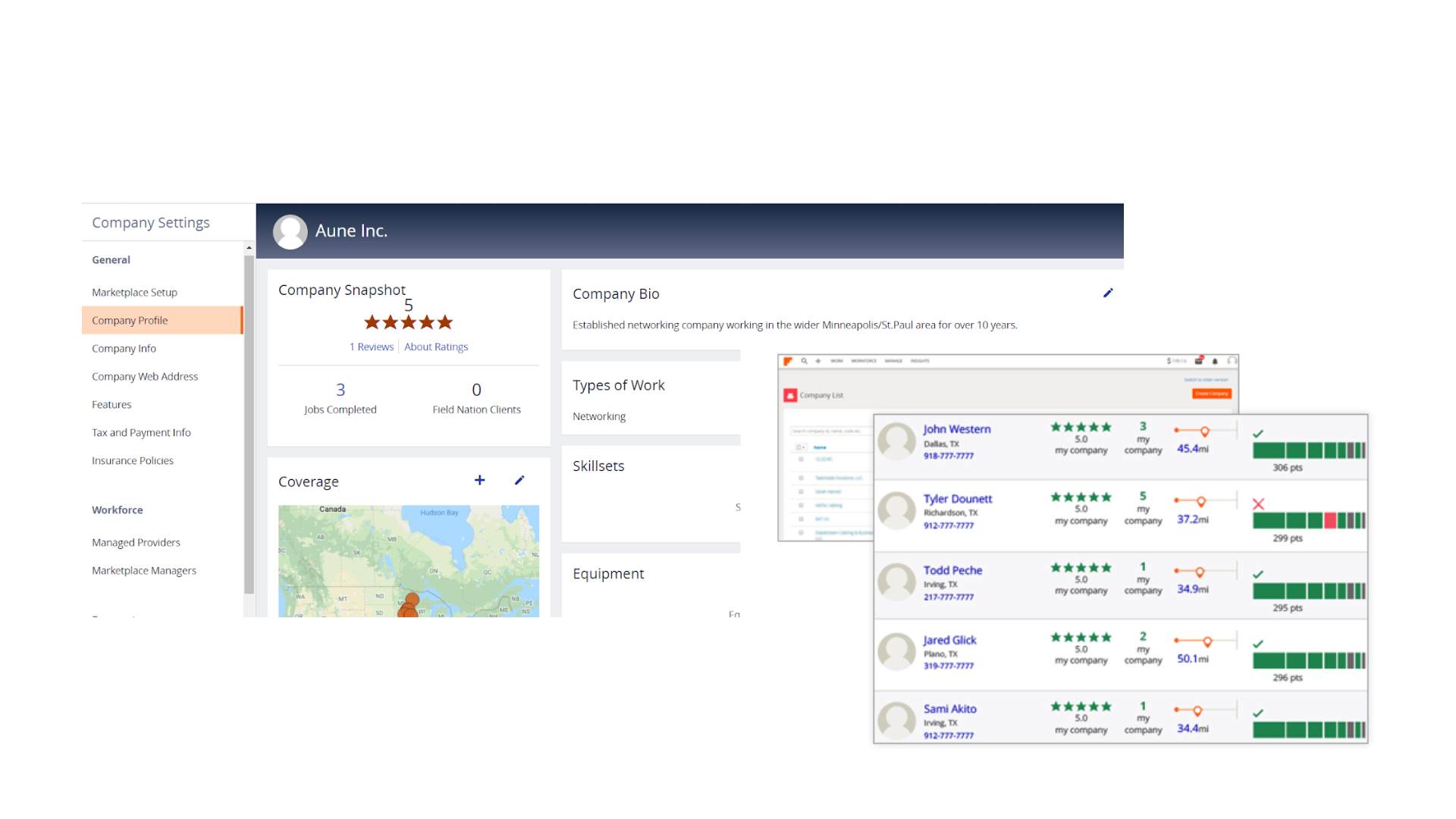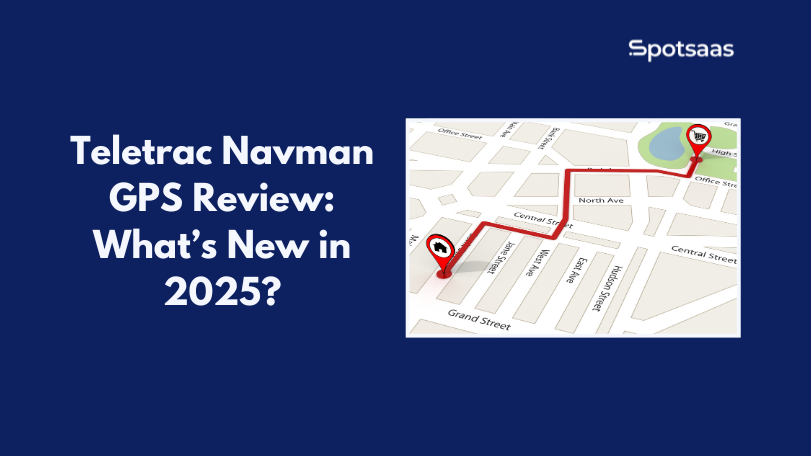Grading tons of assignments can overwhelm even the most organized educators. Gradescope, reaching over 2,600 universities globally, offers a modern solution to this classic problem.
This blog post will explore how Gradescope’s online platform streamlines grading with speed and uniformity. Dive in for tools that transform scoring into a breeze!
Key Takeaways
- Over 2,600 universities worldwide use Gradescope to help educators grade assignments more quickly and uniformly.
- The platform supports a range of subjects and can handle multiple-choice questions as well as complex assignments like coding with the aid of AI-assisted grading features.
- Dynamic Rubrics on Gradescope allow teachers to make real-time changes that automatically update across all graded work, simplifying regrade requests and ensuring clear communication with students.
- AI technology in Gradescope learns each instructor’s grading style for increased consistency and has been applied to over 700 million questions around the globe.
- Question & rubric-level statistics provided by Gradescope offer detailed insights into student performance, aiding instructors in refining their teaching methods and providing targeted feedback.
What is Gradescope?
Gradescope emerges as a powerful tool in the realm of educational technology, streamlining the grading process for educators across various disciplines. With its state-of-the-art capabilities, it transforms how instructors handle digital and paper-based assignments alike.
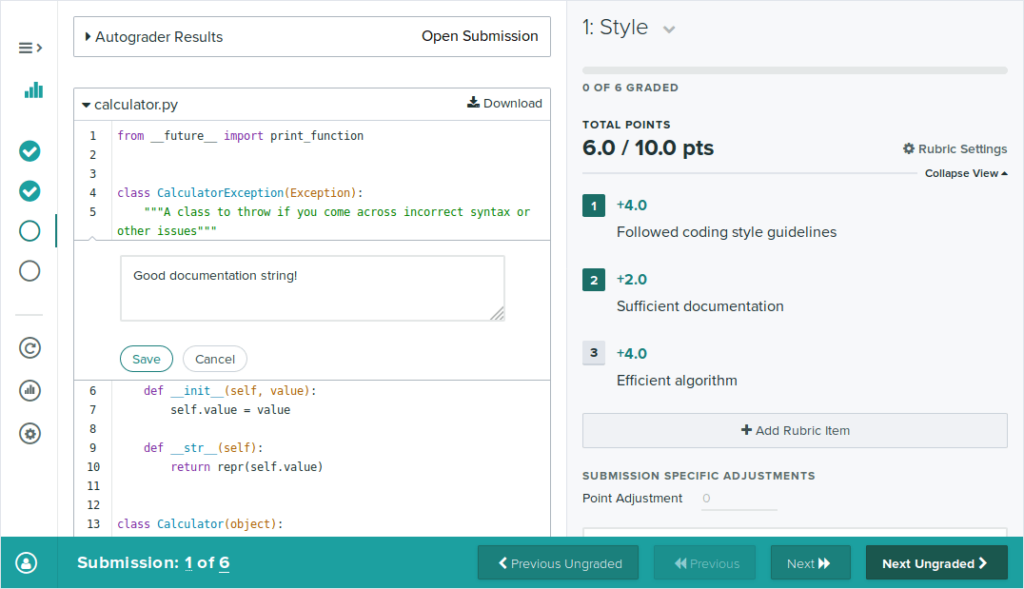
Tailoring feedback mechanisms to suit individual student needs becomes seamless, enhancing both learning outcomes and academic integrity.
This online platform extends support across an array of subjects from Computer Science to Economics, making versatile grading possible for multiple-choice questions as well as complex code assignments.
It incorporates ai-assisted grading features that improve consistency and drastically cut down on the time teachers spend evaluating work. Educators can create dynamic rubrics tied to specific questions which Gradescope uses to provide instantaneous analytics about student performance, enabling a more strategic approach to teaching and curriculum adjustments.
Features of Gradescope
The platform offers dynamic rubrics that allow for flexible grading and feedback, AI-assisted grading to streamline the assessment process, and question & rubric level statistics for insights into student performance.
Dynamic Rubrics
Dynamic Rubrics on Gradescope revolutionize the way instructors provide feedback on digital assignments. With this feature, educators can create comprehensive rubrics that outline specific questions and grading criteria tailored to their course’s needs.
These standards guide students through their learning journey, ensuring they understand where to focus their efforts for improvement. Rubric changes are seamless; educators can adjust criteria at any point, and the updates automatically reflect across all previously graded work.
The flexibility of Dynamic Rubrics fosters a fairer grading process and streamlines regrade requests online. Students using platforms such as Chrome, Firefox, or Safari benefit from an efficient review system where adjustments are clear and instantaneous.
This eliminates confusion and enhances transparency in assessment practices—a win-win for both parties involved. Feedback becomes actionable as students navigate through PDFs or screen reader-compatible materials with ease, empowered by precise instructions to enhance their academic performance.
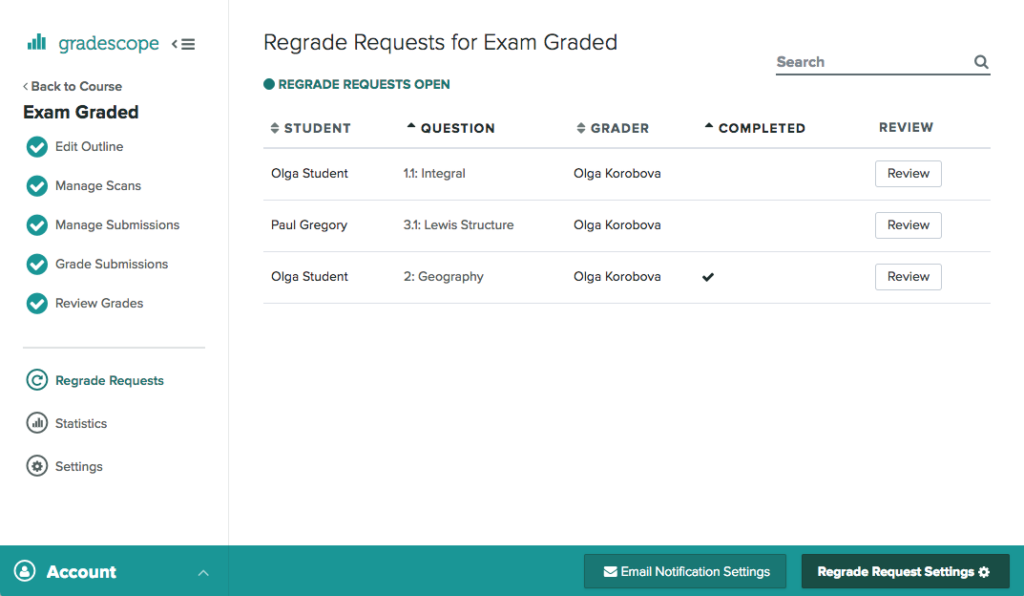
AI-assisted Grading
With Gradescope’s AI-assisted grading, instructors can streamline the grading process for a variety of subjects like Computer Science, Math, and Economics. This innovative feature supports both variable-length assignments and fixed-template assessments, enhancing efficiency across different types of academic work.
It cleverly adapts to each instructor’s unique grading style over time, making it easier to maintain consistency even in large classes.
Teachers reap the benefits of inline scoring details provided by AI-assisted grading—offering greater transparency and tailored feedback to students. It allows educators not just to grade faster but also to dig deeper into question effectiveness for future course improvements.
As a testament to its capability, Gradescope has applied this technology to grade over 700 million questions globally.
WileyPLUS Review 2024: Maximizing Student Engagement And Learning Outcomes
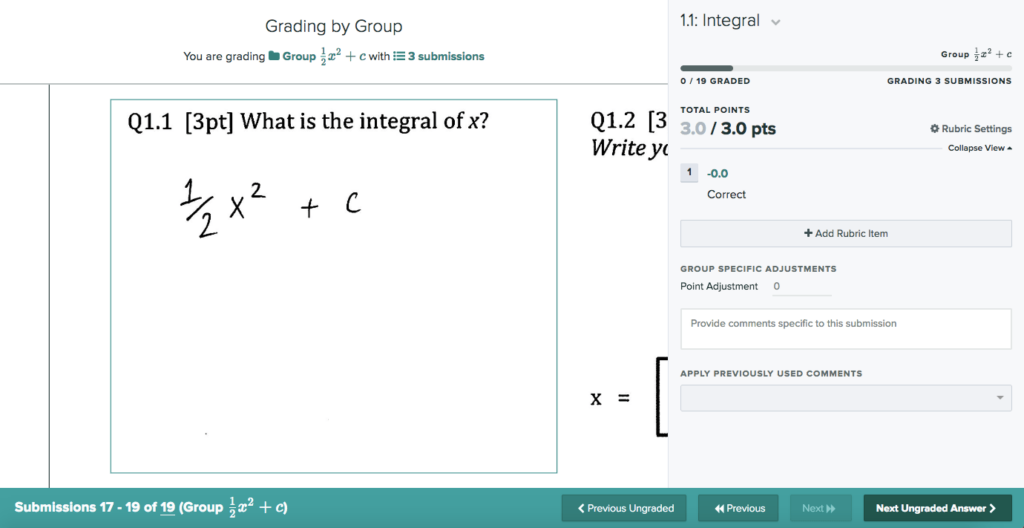
Question & Rubric Level Statistics
Gradescope’s robust platform offers valuable insights through question and rubric-level statistics, allowing instructors to delve into the finer details of student performance. These detailed analytics help educators understand how students are faring on individual questions and specific rubrics, providing a comprehensive view of academic progress.
Utilizing this feature equips instructors with the necessary data to make well-informed decisions regarding their teaching methods and evaluation strategies.
Instructors can leverage question and rubric-level statistics to identify areas where students may be struggling or excelling, enabling them to tailor their instruction more effectively.
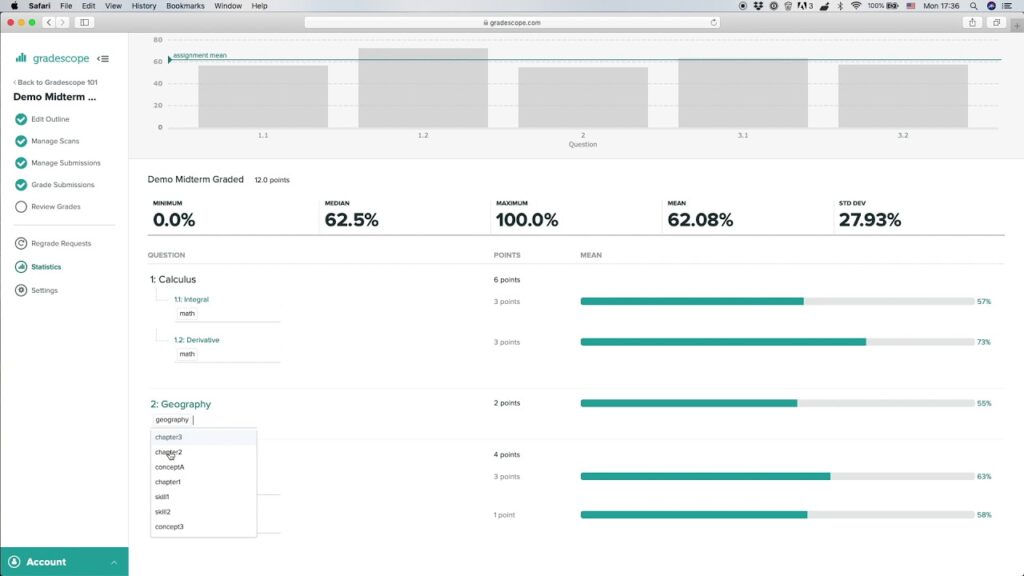
Conclusion
Enhancing grading efficiency and consistency is critical in academic settings. With Gradescope’s dynamic rubrics, instructors can streamline the assessment process by providing clear grading criteria for various assignments.
AI-assisted grading further accelerates the evaluation of student submissions, saving valuable time while maintaining accuracy. Additionally, detailed question and rubric-level statistics offer insightful analytics on student performance, empowering instructors to make data-driven decisions for improved teaching strategies.
By leveraging innovative features, educators can enhance their grading practices to better support student learning outcomes.
(Image Credit: Gradescope)
Frequently Asked Questions
What is Gradescope, and how does it improve grading efficiency?
Gradescope is an innovative online platform that transforms the way educators mark assignments and exams, boosting grading consistency and saving significant time.
Can Gradescope handle various types of assessments?
Absolutely! Whether you’re dealing with multiple-choice tests or complex, written responses, Gradescope’s robust system streamlines the process for every assessment type.
How does Gradescope ensure fair and consistent grades for students?
With its advanced tools, the platform maintains a standardized grading rubric across all submissions, guaranteeing each student is evaluated equally on their work.
Is setting up Gradescope complicated for instructors new to the platform?
Not at all; instructors can quickly establish their courses on Gradescope and experience immediate benefits in grading precision and time management.



